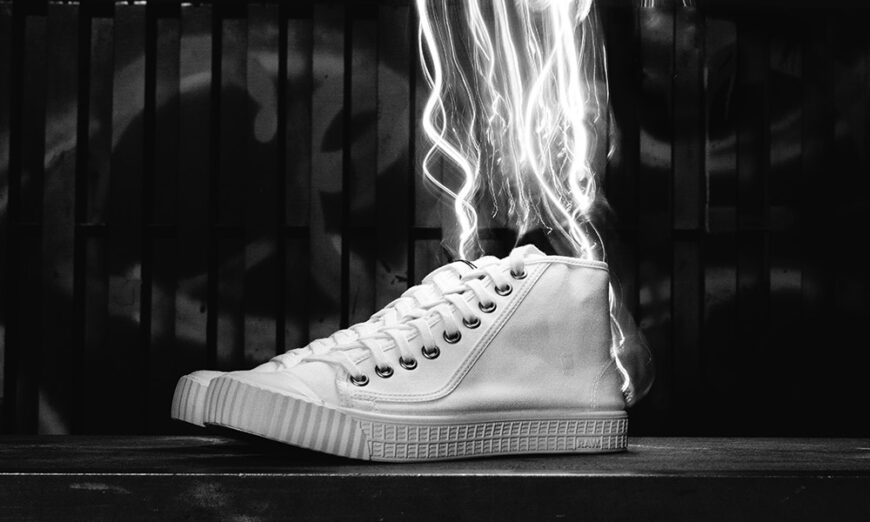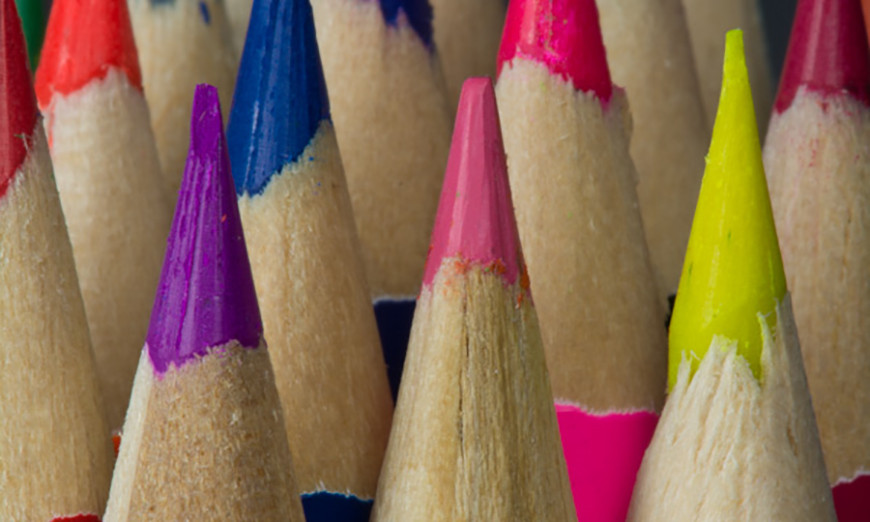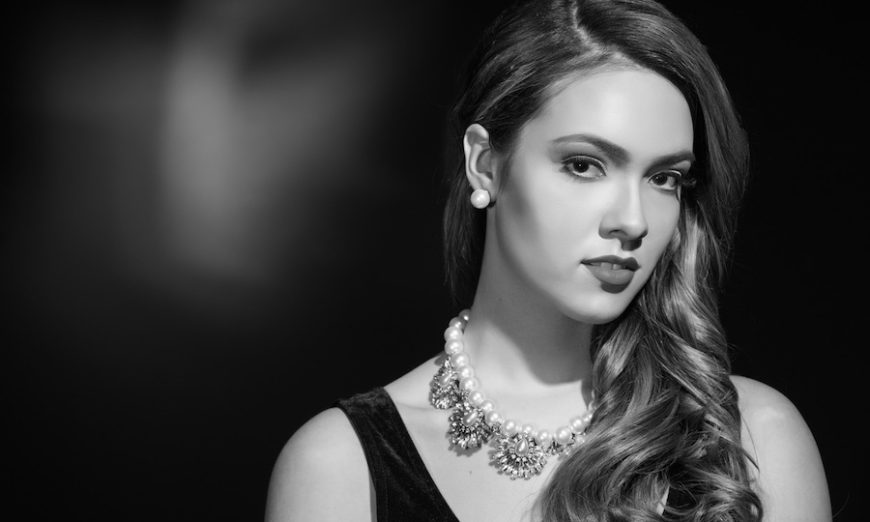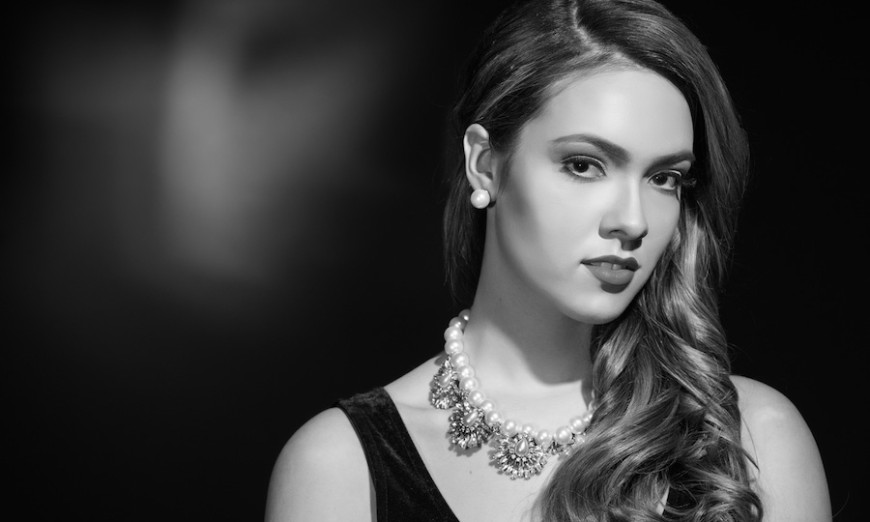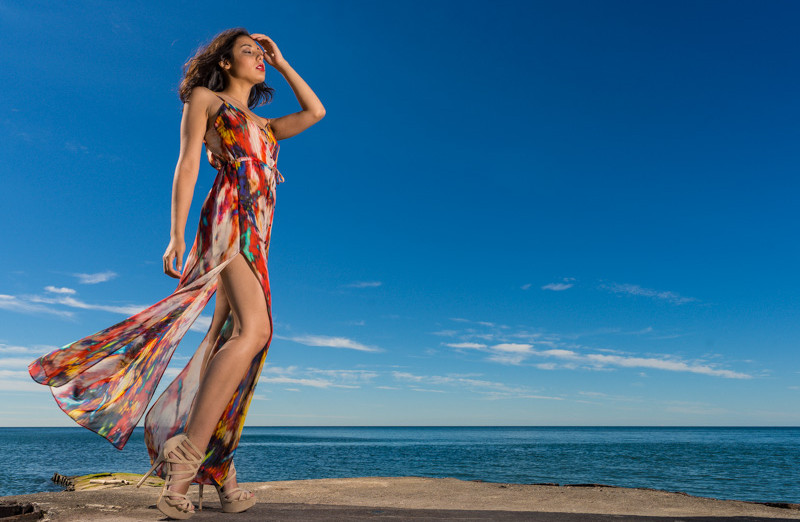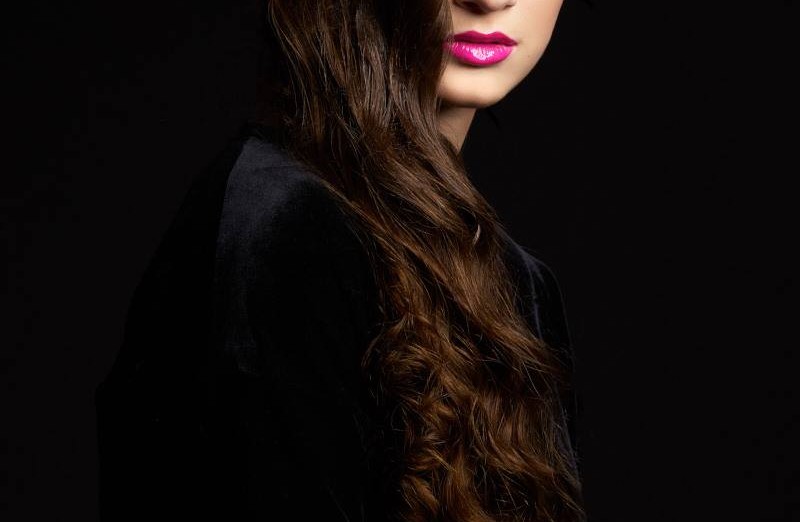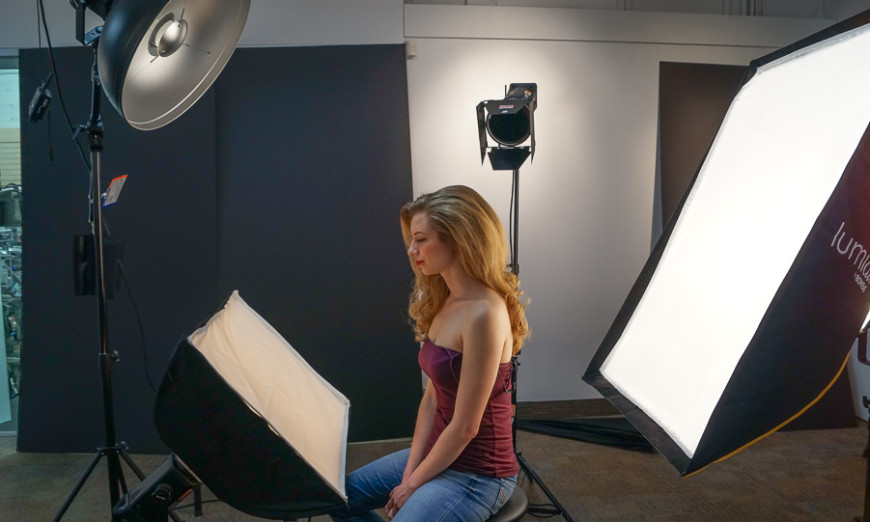One of the most compelling aspects of photography is the constant learning journey we undertake. From the very first moment that you pick up a camera, you begin to follow a learning path. The path is as long or as short as you want it to be, driven primarily by your goals and aspirations as a photographer. Over my many years as a photography educator, I’ve seen people struggle with how to best educate themselves on how to reach their photography related goals. Most experienced photographers will tell you that […]
Painting with Light
BY Jim Ogilvie May 1, 2020 Lighting
There are many genres of photography to explore in the world. Traditional genres such as portraiture, landscape, still life, and macro photography all follow a basic set of rules and principles that must be adhered to for technically proficient results.
There are some photographic genres that defy the static rules of photography. Light painting is just such a genre!
The Beginner’s Guide to Strobe Lighting
BY Jim Ogilvie August 26, 2019 Learning, Lighting
When I teach someone about how to use strobes for lighting a portrait, they always seem amazed as to how simple the technical hurdles are to getting started. One’s initial impression of a potentially difficult, complex and highly technical world becomes a fairly simple affair.
It’s easy to understand how someone can be led to believe that using strobe lighting is difficult. The various pieces of the puzzle can have an outward appearance of being technically complex and sophisticated. Taken one piece at a time, you can learn the essentials of lighting very quickly, after which it becomes a matter of practice with the lights themselves to get portraits that you love.
Lighting for Close-Up, Product and Macro Photography
BY Jim Ogilvie May 30, 2019 Lighting
The world of close up photography is something that I had always wanted to explore. The semi surreal kind of shots that you can get with a macro lens or by adding extension tubes can be quite beautiful. As with anything else you photograph, light is an important element to consider. If your ambition is to create clean and well lit product photos (perhaps for selling products on a website) you don’t necessarily need to invest in a strobe system for this purpose. To understand how you can achieve great results with a very simple setup, we need to remind ourselves of a simple concept in lighting that is relevant. The concept is the difference between hard and soft light.
Black and White Hollywood Glamour In-Studio
BY Jim Ogilvie September 6, 2018 Learning
If you’re like me and have a passion for lighting, events like TIFF tend to bring out thoughts of trying something different or new. This week I decided to dig out an old theatrical optical spot that I have had for many years. I hadn’t actually used this piece of gear for a while, and it was time to shake the dust off of it and put it to use. Lighting is a fun and challenging component of studio work (and outdoor work, too). There are so many ways to […]
Black and White Hollywood Glamour in Studio
BY Jim Ogilvie September 7, 2015 Learning
Welcome to this installment of ‘On the Road to Great Light’. I hope that your holiday season was safe and happy. Many of you have some great new gear to start off 2015, and I’m sure you’re keen to get shooting with it.
Here Comes the Sun | Taking Your Strobes Outdoors
BY Jim Ogilvie March 18, 2015 Lighting
If you’ve been following this blog then you know that my favourite lighting tools are studio strobes for most everything I like to photograph. The control of light, the power, the recycle time and great selection of lighting modifiers are all great reasons to love these lights. The term ‘studio strobes’ comes from the typical type of use these lights see – specifically, indoor use. But as we gaze with hope at our calendars, we begin to dream once again about glorious spring and summer weather. Our opportunity to get outdoors once again is almost here.
Parabolics – Seriously Great Light
BY Jim Ogilvie February 18, 2015 Learning, Lighting
In studio lighting, parabolic reflectors are well known and have been around for many years. If you’ve ever seen a professional studio setup and noticed what looks like a ridiculously huge umbrella-like modifier on set, chances are you’ve seen a parabolic reflector. While traditionally in the domain of the pro studio photographer, manufacturers are creating very exciting alternatives for deep parabolics that make them imminently more accessible (i.e. affordable) for anyone who would like to own one.
Continuous Light: It’s Come a Long Way
BY Jim Ogilvie November 26, 2014 Lighting
* PLEASE NOTE: Some of the images contained in this blog were taken during Jen Rozenbaum‘s Boudoir workshop in Toronto and may contain material some might consider unsuitable for certain work environments *
When I first began shooting in a studio setting about ten years ago, I started with what are commonly called ‘hot’ lights. Units like the Tota, Rifa and Redhead were all part of my kit. These lights were called ‘hot’ lights because they drew huge amounts of power to drive 500 watt (or higher) tungsten light tubes and generated tremendous heat. You couldn’t plug these into a simple electrical outlet, you needed to find something with increased amperage tolerance so as not to blow a fuse or trip a circuit breaker. Fast forward to present day and you’ll find that continuous light sources have really evolved.
Studio Tricks for Great Light with Ease
BY Jim Ogilvie October 14, 2014 Learning, Lighting
When planning a studio portrait session for a friend or client, we often can get bogged down with concerns of the specific gear we will need to create a look we’re trying to achieve. We may find that we don’t have the gear on hand to produce that ‘big soft light’ or perhaps we feel compelled to make things somewhat more difficult than they need to be.

